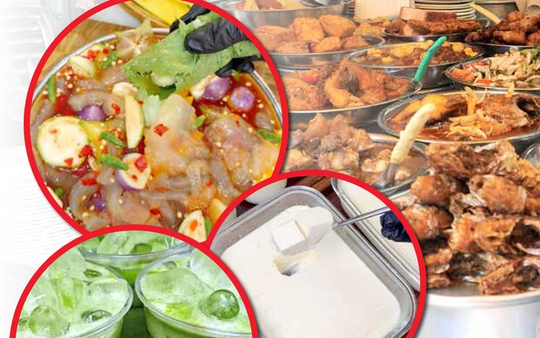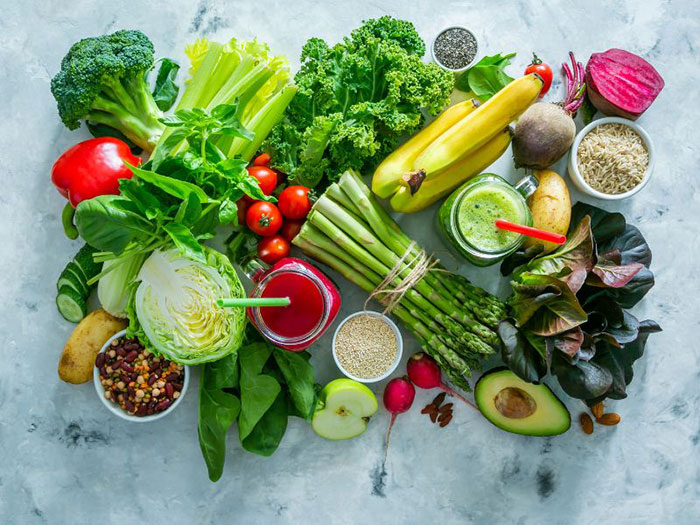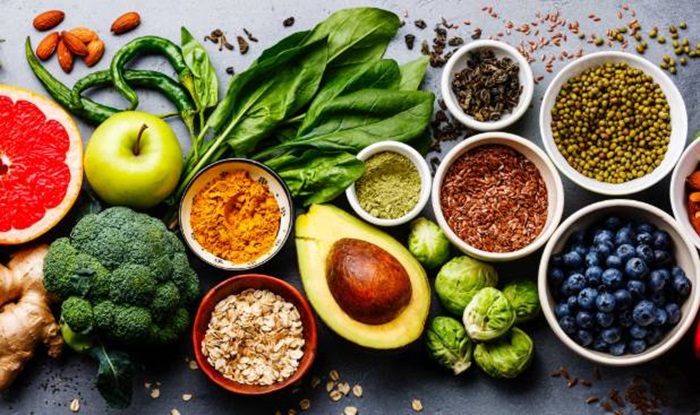Food Safety in Vietnam: Challenges and Solutions
Food safety has long been a critical concern in Vietnam, a country renowned for its rich culinary heritage and vibrant street food culture. Ensuring the safety of food is not only a responsibility for authorities but also a shared priority for society as a whole. However, recurring incidents of food poisoning, chemical contamination, and hygiene violations continue to pose significant challenges. What is the current state of food safety in Vietnam, what causes these issues, and how can we address them to create a safer food environment?
The Current State of Food Safety in Vietnam
Vietnam’s agricultural sector provides an abundant supply of fresh produce, meat, fish, and processed foods, fueling a dynamic food market. Yet, alongside this growth, food safety issues have become increasingly complex. According to the Ministry of Health, Vietnam records hundreds of food poisoning cases annually, affecting thousands of people. These incidents often stem from contaminated food, unclear origins, or improper handling during preparation.
Key issues include:
- Use of Harmful Chemicals: Some producers and vendors use banned substances like borax, industrial dyes, or pesticides to preserve food or enhance its appearance.
- Counterfeit and Substandard Products: The market is flooded with fake or expired goods that fail to meet quality standards.
- Hygiene Lapses in Food Processing: Many small-scale eateries and restaurants fail to adhere to hygiene regulations, increasing the risk of contamination by bacteria such as E.coli or Salmonella.
- Unregulated Imported Goods: Some imported food products lack proper certification or quality checks, posing risks to consumers.
These problems not only threaten public health but also erode consumer trust in Vietnam’s food industry.
Causes of Food Safety Issues
To tackle food safety challenges, it’s essential to understand their root causes:
- Profit-Driven Practices: Some producers and businesses prioritize profit over safety, using harmful chemicals or cutting corners in production to reduce costs.
- Weak Regulatory Enforcement: While Vietnam has established food safety regulations, enforcement and oversight remain inconsistent. Penalties for violations are often too lenient to deter repeat offenses.
- Consumer Habits: Many Vietnamese consumers purchase food from traditional markets or small vendors, where hygiene standards may be lacking. Additionally, a lack of attention to product labels or origins contributes to risks.
- Limited Awareness and Education: Particularly in rural areas, people may lack access to information about food safety, leading to unsafe food choices.

Solutions to Improve Food Safety
Addressing food safety requires collaboration among the government, businesses, and consumers. Here are some actionable solutions:
1. Strengthen Regulation and Oversight
The government should enforce stricter food safety laws and conduct regular inspections of production and retail facilities. Harsher penalties for violations would serve as a stronger deterrent. Additionally, investing in technology for traceability—such as systems to track food origins—can empower consumers to verify product safety.
2. Raise Public Awareness
Educating the public is crucial. Nationwide campaigns should promote safe food handling, label reading, and proper storage practices. Schools, workplaces, and local communities can host workshops or seminars to spread awareness about food safety standards.
3. Promote Clean Production
Supporting businesses and farmers in adopting sustainable and safe production models, such as organic farming or VietGAP/GlobalGAP standards, can enhance food safety while boosting the reputation of Vietnamese products globally. Government incentives could encourage this shift.
4. Shift Consumer Behavior
Consumers should prioritize products with clear labeling and certifications from reputable authorities. Opting for purchases at supermarkets or trusted retailers, rather than unregulated markets, can reduce exposure to unsafe food.

5. Leverage Technology
Emerging technologies like blockchain can improve transparency in the food supply chain, ensuring accountability from farm to table. Mobile apps that provide food safety information could also help consumers make informed choices.
Conclusion
Food safety is a shared responsibility that demands action from all sectors of society. While challenges persist, Vietnam has the potential to build a safer food system through stronger regulations, greater public awareness, and innovative solutions. By working together—government, businesses, and consumers—we can protect public health and restore confidence in the food we eat. Small steps, like checking product labels or supporting certified producers, can make a big difference.
For more insights on living safely and sustainably in Vietnam, including tips on sourcing safe food or finding reliable services, visit Housingsgn.com. Their resources can guide you toward a healthier and more informed lifestyle.






